© ROOT-NATION.com - Use of content is permitted with a backlink.
The famous ‘Moskva’ cruiser, the flagship of the Black Sea Fleet, which the Russians were so proud of, was not only sent in a particular direction, but was also sunk with two ‘Neptune’ anti-ship cruise missiles. Today we will tell about them.

The war of the Ukrainian people against the hordes of orcs from Muscovy continues. Our glorious Armed Forces of Ukraine not only hold back the onslaught of the enemy along the entire line of collision, but also deliver devastating retaliatory strikes.
It's a funny coincidence, but it is the cruiser "Moskva" that is depicted on the new postage stamps, which were issued in Ukraine just yesterday. pic.twitter.com/5fZryy5VGe
— Root Nation EN (@RootNationEN) April 13, 2022
There was an event last night that really deserves to be written about. The ‘Moskva’ cruiser was successfully attacked by two ‘Neptune’ anti-ship cruise missiles. The strike resulted resulted in detonation of ammunition on board the cruiser, she tilted to the port side. The crew had to be urgently evacuated, despite a strong storm. Later the cruiser went to the bottom of the sea, where she belongs.
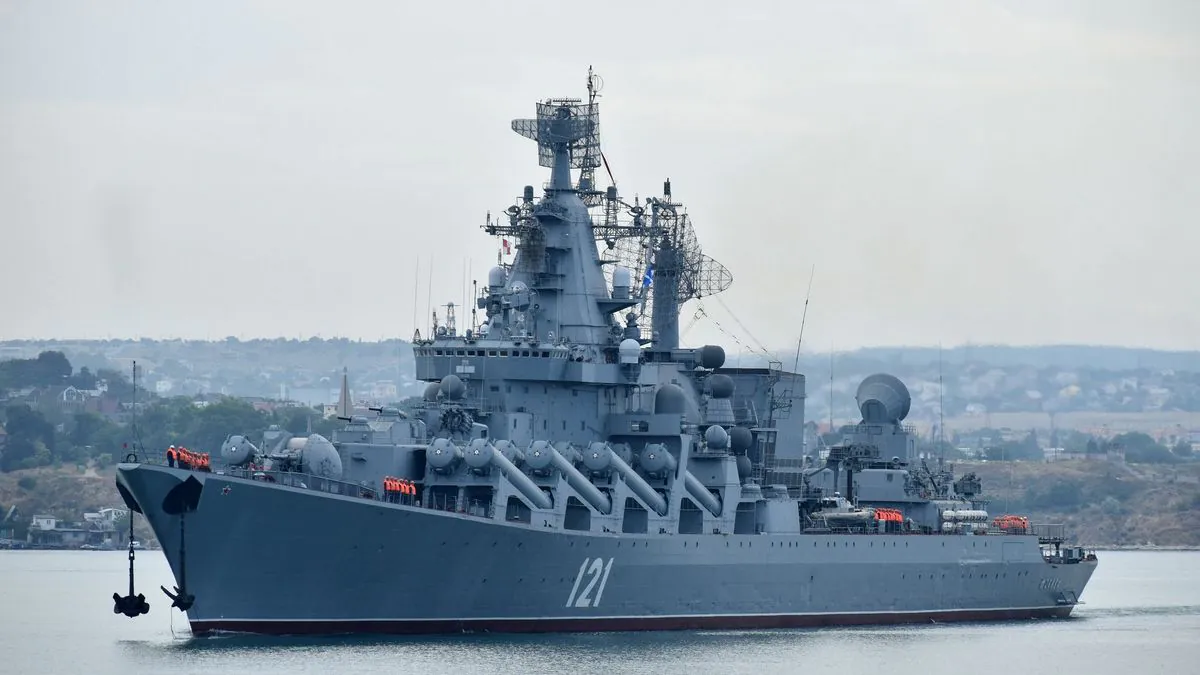
But the most interesting thing in this story is that ‘Moskva’ cruiser was sunk with ‘Neptune’ anti-ship missile of Ukrainian origin.
Read also: Russian chemical weapons: Threats and possible consequences
‘Neptune’ AShM – Russian cruiser killer
Yes, the ZhK-360MS ‘Neptune’ is a Ukrainian anti-ship missile system. It was developed by Luch Design Bureau. This powerful complex uses the R-360 anti-ship cruise missile. This is the Ukrainian version of the Russian Kh-35U cruise missile. The Ukrainian missile is broadly similar to the Kh-35U, but has a longer body with more fuel, a larger booster, and some other modifications.

This missile was first announced in 2013. It is known that the first samples were completed and tested in 2016. At that time, this missile, as far as is known, did not have a guidance system. The cruise missile itself has a range of up to 280 km. It could be transported and launched from sea, land and air platforms. The development of the Neptune ground-based anti-ship missile system was completed in 2019. Tests by the Ukrainian military ended in 2020. In 2021, the pre-production ‘Neptune’ AShM system was handed over to the military for testing. During training shots, the rocket showed itself perfectly and was put into service with the Armed Forces of Ukraine. In 2021, the Ministry of Defense of Ukraine financed the production of a new batch of ‘Neptune’ coastal defense systems. It was planned that a batch of 18-19 missiles would be delivered in 2022. We do not yet know how many such cruise missiles are in service with our military. But they exist, and they operate successfully, which was proved by the sunken ‘Moskva’ cruiser .
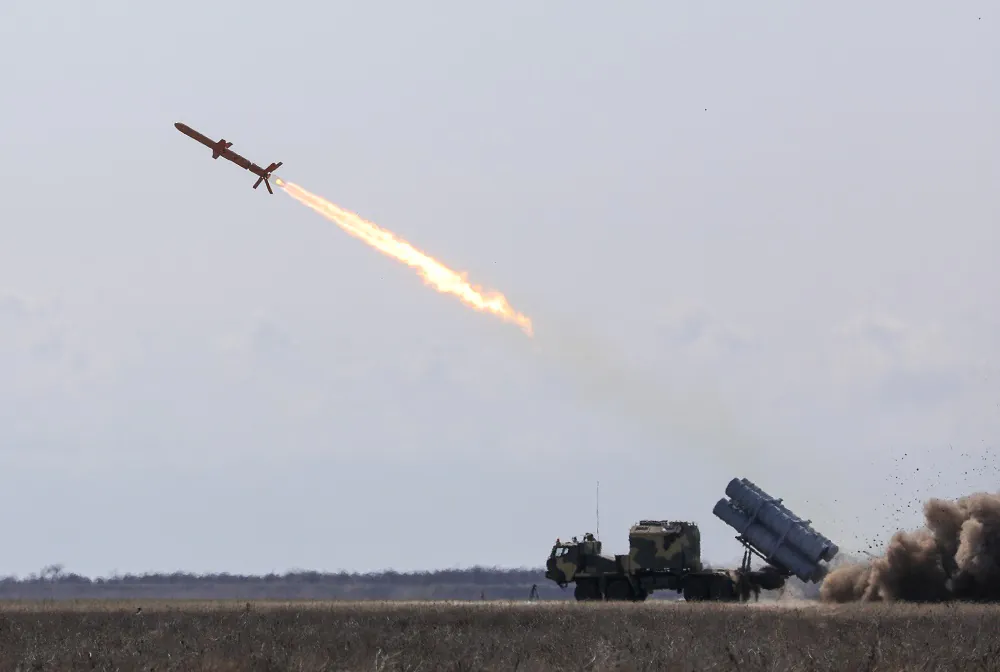
Some sources report that before the collapse of the Soviet Union, there were plans to manufacture Kh-35 missiles in Ukraine. However, missile development preceded the end of the Cold War and the collapse of the Soviet Union. As a result, the Kh-35 never entered service, and was first produced in Russia only in the mid-1990s. Therefore, most likely, Ukraine had all the technical documentation for this missile. In addition, Ukraine produced engines and some other components for Russian Kh-35 missiles.
Read also: Invasion of Ukraine: Bayraktar TB2 strike UAV review
The ‘Kumsong 3’ scandal
In 2013, a rather unpleasant scandal broke out around the cruise missile. An exact copy of Neptune was first seen in 2014 in North Korea under the name ‘Kumsong 3’ (Venus 3). At first, it was thought that the Koreans had purchased Russian Kh-35 or Kh-35UE missiles. However, after a thorough examination, it turned out that this was not a Russian rocket, but very similar to the Ukrainian Neptune. The AShM made its first test run in 2015 and reportedly demonstrated a range of 200 km. In 2017, during the next test run, ‘Kumsong 3’ showed a range of 240 km.
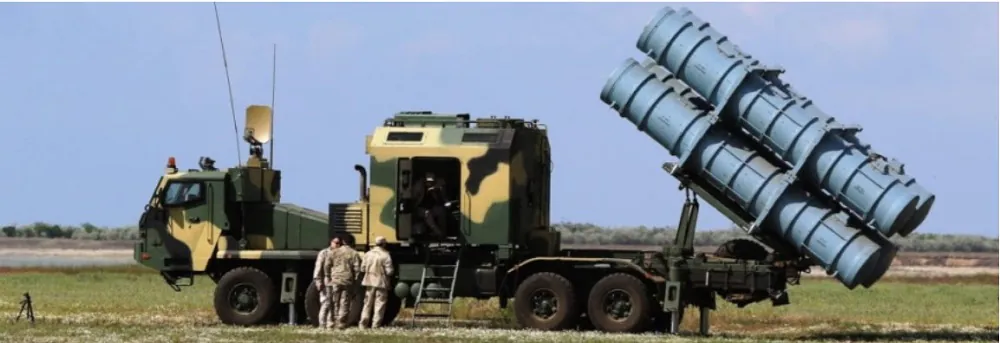
It is still unknown how the missile developed in Ukraine was tested in North Korea even before it was tested in our country. There is still a missing link in this whole story, it is not clear how this North Korean missile was developed. One explanation could be that Ukraine contributed to the development of the North Korean ‘Kumsong 3’ anti-ship missile. The then leadership, headed by Yanukovych, could simply sell documents for the development of an anti-ship cruise missile with the assistance of the Russians. At the time, Ukraine was effectively one of the top ten manufacturers of military equipment in the world and had a much more developed arms industry than North Korea. It is also known that at that time Ukraine supplied engines for North Korean ballistic missiles through Russia. This fact was later confirmed by the Ukrainian space agency and South Korean intelligence.
Read also: Weapons of Ukrainian victory: Anti-aircraft weapons that protect our skies
What’s interesting about ‘Neptune’ AShM?
The characteristics of the Neptune rocket are generally similar to the Russian Kh-35U. It has an estimated range of up to 280 km. In 2019, this missile demonstrated for the first time a range of more than 250 km. It carries a high-explosive fragmentation warhead (HE-FRAG) weighing about 145 kg. This missile should be effective against ships up to 5,000 tons, such as frigates and smaller destroyers. As it turned out, this is also a lethal weapon for cruisers.
Neptune has an inertial navigation system with active radar homing at the final stage of flight. Some problems arose during the development of the radar of this missile, but they were successfully resolved. After launch, the rocket travels at a height of 10-15 m above the surface. At the final stage of the flight, the ‘Neptune’ AShM descends 3-10 m above the surface to overcome enemy defense systems.
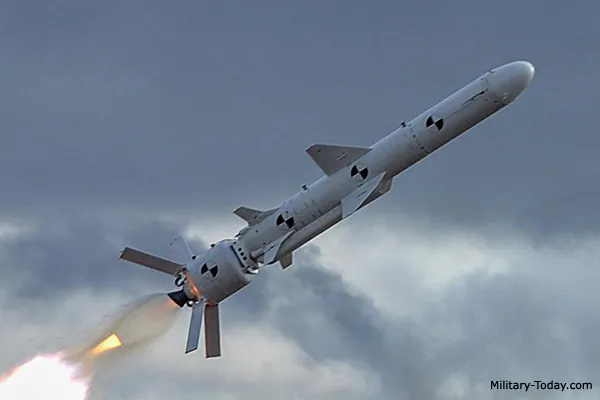
This missile flies at subsonic speeds. It was believed that due to its subsonic speed, this anti-ship missile could be easily intercepted, especially by an advanced defense system. But this is only an assumption. As practice has shown, two cruise missiles launched at the orks’ cruiser ship successfully penetrated their defenses and hit the target.
Read also: Weapons of Ukrainian victory: FIM-92 Stinger MPADS
‘Moskva’ cruiser was hit by a coastal missile complex
The Ukrainian Luch Design Bureau has also developed a coastal missile system that can carry ‘Neptune’ missiles. This was probably the missile system that fired two cruise missiles at the ‘Moskva’ cruiser.
A bit about the chassis. First, there were proposals for the reuse of the obsolete heavy highly mobile MAZ-543M. There were a number of such vehicles in storage in Ukraine. The idea was to turn them into mobile launchers to transport new anti-ship missiles. There have also been proposals to reuse the old radar from the ‘Rubezh’ coastal defense missile system.
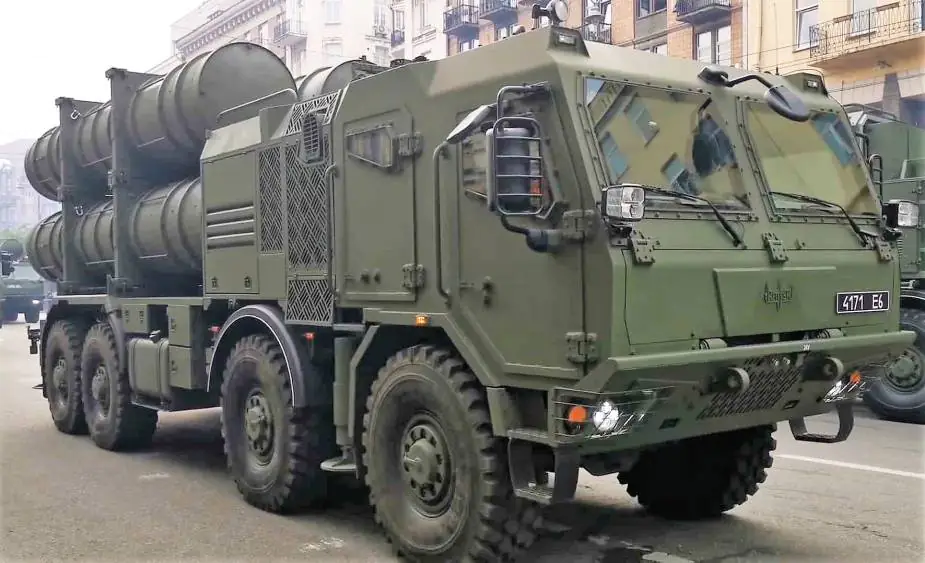
Later it was planned that the components of the Neptune coastal defense system would be based on the KrAZ-7634NE. This is a Ukrainian military truck with 8×8 configuration. And the prototypes were actually developed on this KrAZ chassis. However, KrAZ experienced financial difficulties and was close to bankruptcy. It was unable to deliver the required vehicles on time. Deliveries were behind schedule by almost a year. There were also reports that the KrAZ chassis performed poorly in tests and there were reliability issues. As a result, the components of the ‘Neptune’ coastal missile defense system were instead fitted to the heavy, highly mobile chassis of the Czech Tatra 8×8 T815-7 series. The missiles are reloaded with Tatra trucks with a 6×6 configuration.
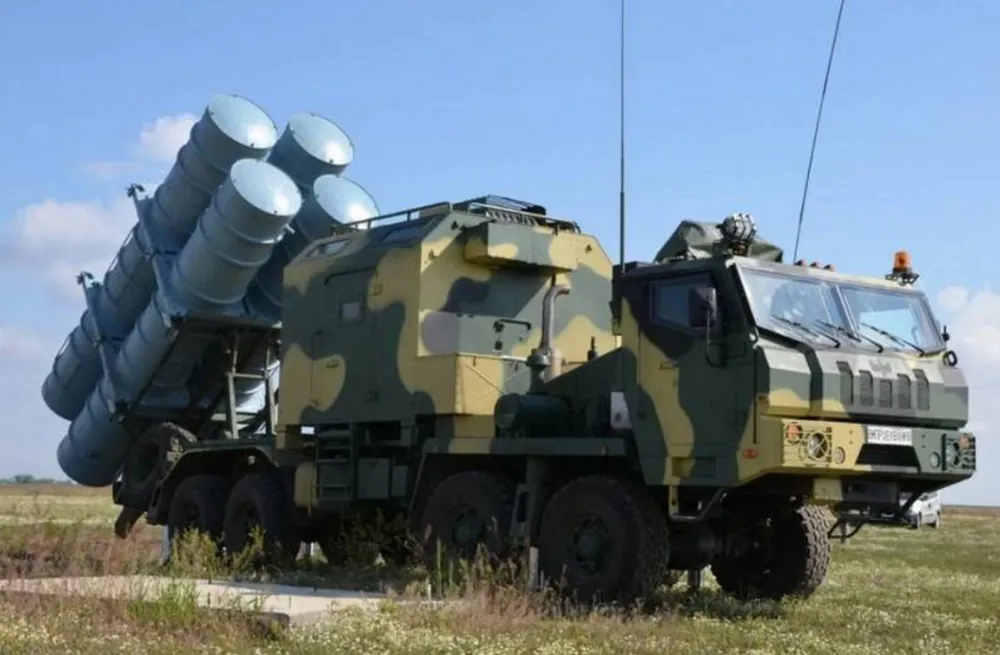
ll in all, Ukraine’s new coastal defense system could be the equivalent of Russia’s ‘Bal’ coastal defense system, albeit not as advanced. A typical ‘Neptune’ coastal defense battery consists of 6 launchers with 24 anti-ship missiles. Carriers can be located at a distance of up to 25 km from the sea. It takes 15 minutes to prepare this coastal defense missile system for firing.
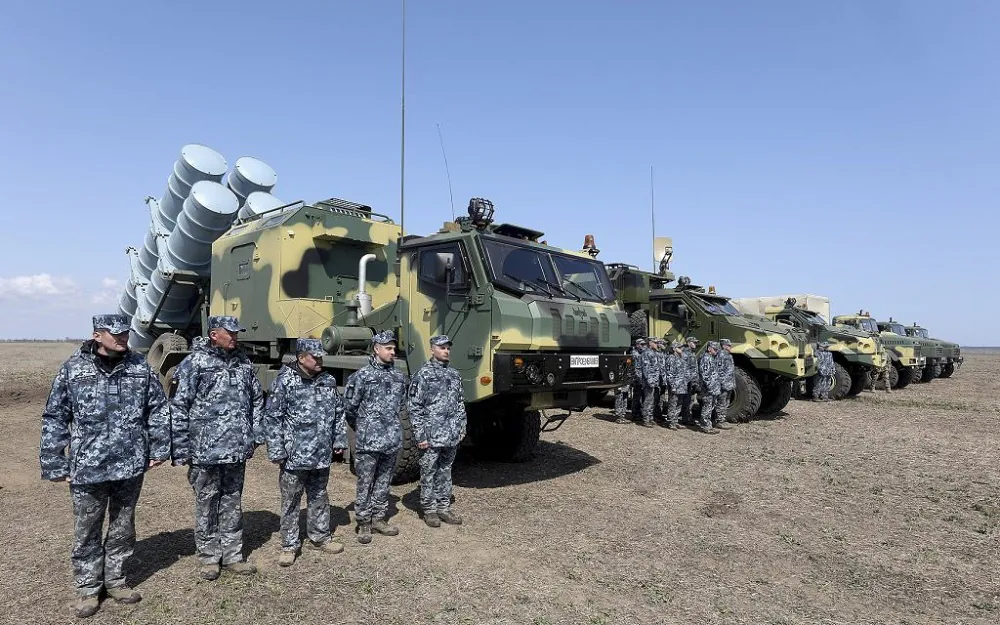
In 2021, the new ‘Mineral-U’ radar was introduced. It was specifically designed for the ‘Neptune’ system. It can detect ships at a distance of up to 500-600 km. Initially, this radar was planned to be delivered on the basis of Ukrainian KrAZ-7634.NE chassis. However, as we know, KrAZ failed to supply the chassis in time.
Read also: Weapons of Ukrainian Victory: Review of Starstreak MPADS
‘Neptune’ AShM will have a chance to prove itself
Yesterday’s incident with blowing up of the ‘Moskva’ cruiser proved that the Ukrainian ‘Neptune’ anti-ship missile system is capable of destroying Russian ships, and not only. This effective weapon quite successfully repels the enemy. Now the level of bravado and arrogance of the invaders will somewhat decrease.
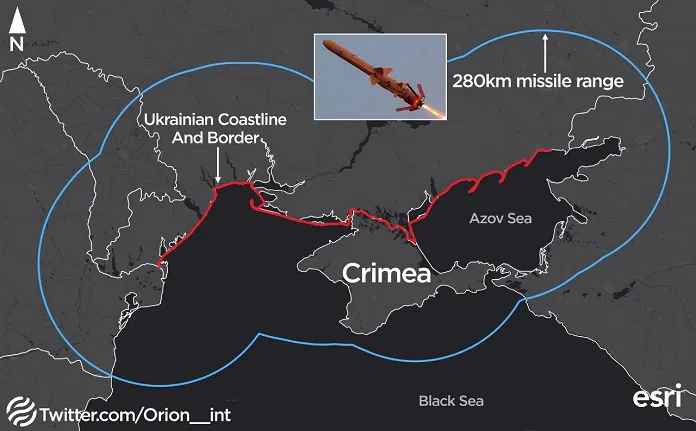
Every time when orc ships enter the waters of the Black or Azov Seas, they will beware of an attack by the coastal defense of the Ukrainian Navy, now they will no longer shell our cities and villages with impunity.
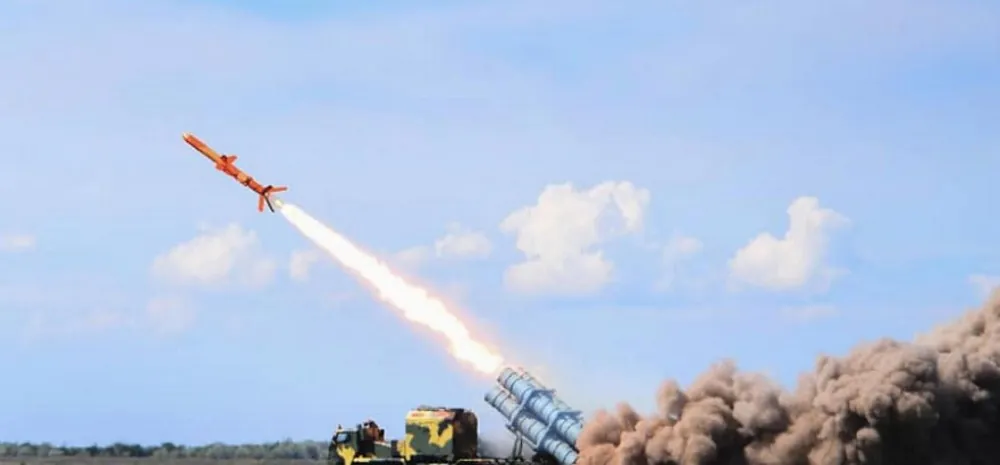
I am sure that the successful sinking of the ‘Moskva’ cruiser with the help of the ‘Neptune’ missile defense system is only the first sign. We will definitely win! Everything will be Ukraine! Glory to Ukraine! Death to the enemies!
You can also help Ukraine fight with Russian occupants via Savelife or via an official page of the National Bank of Ukraine.
Read also: Weapons of Ukrainian victory: ATGM Stugna-P – Russian tanks are in trouble


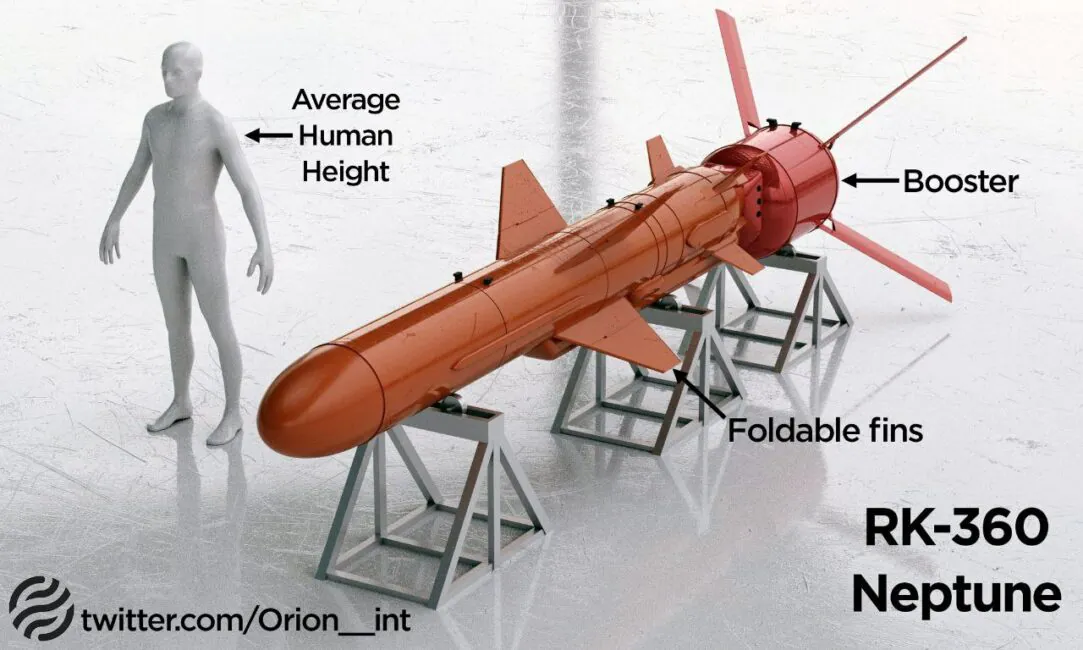
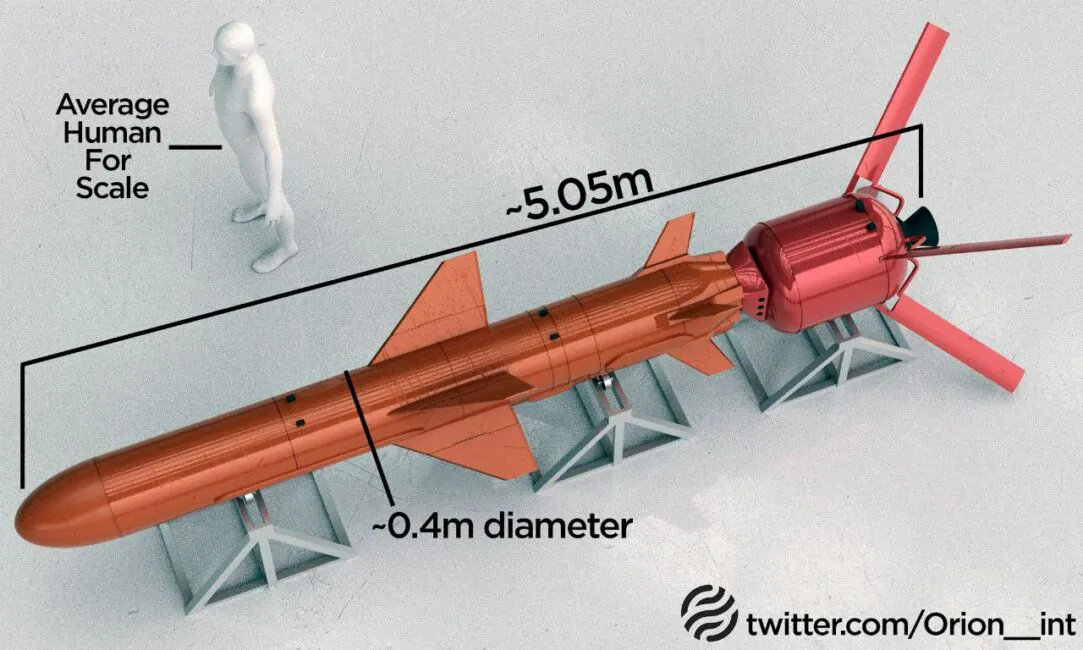
Hmmm
Regardless of the actual effectiveness of the “Neptune” there can be no doubt that it was NOT designed and manufactured in the Ukraine. First, the Ukraine as the 2nd poorest country in Europe simply did not have the money to develop, let alone manufacture and field such a sophisticated weapons system. 2nd, the Ukraine has never had the needed intellectual, let alone manufacturing infrastructure necessary to create such a weapons system.
Consider that if such a weapons system did not need relatively large sums of money and infrastructure to develop, build and field every 2-bit dictator on the planet would have some now wouldn’t they…
Whatever the actual source of this surface-to-surface anti-ship system may be, it was NOT the Ukraine. If I were to make an educated guess, I suspect it was supplied by a secret skunkworks inside israel, given their vast expertise false flags using foreign weapons (remember israel using remarked US and captured Egyptian jets to attack the USS Liberty). Naturally, israel wouldn’t actually pay for these themselves, so no doubt the original source of funding was the US taxpayer…
Please bear in mind that literally within the first hour of Putin’s Police Action that USA Today published the first piece of fake news when it categorically stated THERE ARE NO US BIO-WEAPONS LABS IN THE Ukraine when in point of fact there were literally dozens…
Everything you wrote here is a complete lie and fake.
The missile is fully developed and produced in Ukraine – https://en.wikipedia.org/wiki/R-360_Neptune
The developer is Luch Design Bureau – https://www.youtube.com/channel/UCG5RUBMETBc1XrAL6EC0Bbw
And the missile system was produced entirely in Ukraine by UKROBORONPROM Concern – https://www.youtube.com/channel/UCiy_XJVO31NPZvOlEPEO4gg/videos
The complex has passed multi-stage tests, all this is confirmed by numerous video reports, which are full on YouTube. In addition, Ukraine is one of the leading arms exporters in the world. As for missiles – here, for example, is another purely Ukrainian Stugna ATGM, which is exported to many countries of the world: https://root-nation.com/en/articles-en/weapons-en/en-weapons-atgm-stugna-p-review/
I don’t know if you wrote all this out of stupidity or deliberately spreading fakes. I recommend at least to start looking for information on the topic on the Internet before so clearly demonstrating your ignorance for all to see.
I have a suspicion that you are working for Russian propaganda – intentionally or unwittingly. But this is a fact.
Ukraine is following the article not able to develop a working vehicle to launch the missile, but they were able to develop and build a extremely complex weapon system.
Think about it.
The thing was developed and manufactured elsewhere.
A missile and its vehicle are completely unrelated things. And I don’t understand why I need to prove well-known facts to someone. The missile developer is the Luch Design Bureau, these are traditions in the development of weapons since the days of the USSR. Manufacturer – Kharkov Aviation Plant and other enterprises of the Ukroboronprom concern, and this is also not a secret. And yes – the Soviet Union made a lot of weapons, but they didn’t know how to make quality cars. And Ukraine has yet to get out of this legacy. As for the choice of chassis for Neptune, these are rather political and corruption nuances. So it was profitable. Someone made money on this contract. Someone needed it. In addition, I will tell you that even now, during the war, Ukraine is full of spies, wreckers and agents of Russian influence.
The situation with “Moskva” turned out to be better than it was thought at first. If you listen to smart and knowledgeable people on the Internet, the picture emerges roughly as follows.
The S-300 that is on the “Moskva” is not such a bad thing, in fact. In skillful hands, attached to a smart brain, he completely fulfills his tasks. For example, in the hands of Ukrainian air defense, it does an excellent job of protecting the sky over Kiev – the effectiveness of downed missiles is seventy – eighty percent. He shoots down all Soviet aviation. The fact that he fell into the hands of hereditary alcoholics as a curb is another matter.
So he is quite capable of resisting the Neptunes and the Ukrainian Air Force.
But. It was smooth on paper, but they forgot about the ravines.
There is one problem.
Bayraktar! Bayraktar!
They forgot about Bayraktar!
Yes, dick knows, comrade ensign.
Here a song about Bay-rak-tar sounds in my head.
But Bayraktar invisible to this anti-aircraft missile system, “capable of effectively protecting the cruiser from any aircraft, even promising ones, helicopters, cruise missiles, guided bombs and drones.”
Yes, dick knows him, comrade ensign-2.
In the end, they say, it was like this. Bayraktar flew up and disabled the “Moscow” radar. After that, the cruiser was practically unarmed. Of the air defenses, he had only two outdated OSA and the AK-630, a six-barreled rapid-fire cannon capable of hitting low-flying targets. In principle, and on missiles too.
After that, two missiles were hit on the cruiser for reliability – but the AK-630 did not work, or it worked, but the hands of hereditary alcoholics did their job, or hell knows, comrade ensign-3, how events developed there in these last seconds, but the fact the fact remains – both missiles hit the side. Three hundred kilograms of total explosives at a speed of nine hundred kilometers per hour.
The Moskva cruiser, with its air defense system, consisting of 64 S-300 missiles, covered large landing ships that carry iron and cannon fodder to Berdyansk. Well, not everyone is already dragging, but nonetheless.
Russia no longer has ships capable of providing such cover for the transfer of troops in the Black Sea Fleet.
Somewhere out there, the “Admiral Essen” is still dangling, but from the air defense systems it has a Calm and a naval analogue of the Buk – but no S-300.
So.
We can laugh as much as we want over the Russian ship – and, of course, deservedly so – but this is not just a rusty pelvis sunk. This is a brilliant Armed Forces of Ukraine operation to actually disrupt the further transfer of Russian forces by sea.
This is a tactical victory.
Original in Russian from Arkadiy Babchenko: https://site.ua/arkadiy.babchenko/marka-pogasena-s-iynpgnv
Thank you for this informative, clever and hilarious article, sir.
YouTube is filling up with videos regarding the Moskva sinking, many stupefied and mystified as to how the Ukrainian Neptune missiles could have slipped past the robust defensive systems aboard the ship. While the ship was commissioned in the 80’s, which dates it, it had been upgraded to possess state of the art weaponry and defensive systems. The Baraktar drone strike that you wrote about clears up the “How?”.